
Warm White LED Lights vs. Cool White LED Lights for Bedroom: Which Creates a Better Atmosphere?
Share
Table of Contents
- Introduction: Why Color Temperature Matters in Bedroom Lighting
- What Are Warm White and Cool White LED Lights?
- Q1: Which Light Color Feels More Relaxing at Night?
- Q2: Which LED Color Is Better for Morning Wakefulness or Productivity?
- Q3: How Does Each Light Type Affect Bedroom Aesthetics and Design?
- Q4: What Do Sleep Experts and Designers Recommend?
- Q5: Are There Smart LED Bulbs That Switch Between Warm and Cool?
- Q6: What Do Real Users Say? (Community Opinions & Product Reviews)
- Q7: How to Choose Based on Bedroom Function (Sleep, Work, Ambiance)
- Q8: Can You Combine Warm and Cool Lights for the Best Effect?
- FAQs: Warm vs. Cool White LEDs for Bedrooms
- Conclusion: Which Should You Choose for a Better Atmosphere?
Introduction: Why Color Temperature Matters in Bedroom Lighting
Lighting isn't just about brightness. It influences how your brain prepares for sleep, how your bedroom feels, and even how your furniture looks. Color temperature—measured in Kelvin (K)—plays a major role here.
Bedrooms are typically a place for winding down, but with work-from-home routines, they may also double as offices. That’s why choosing the right LED color temperature—warm white or cool white—is more important than ever.
What Are Warm White and Cool White LED Lights?
Let’s break this down quickly:
- Warm White (2700K–3000K): Soft, yellowish light like incandescent bulbs. Think candlelight or sunrise.
- Cool White (4000K–6500K): Bright, bluish-white light. Closer to daylight or a typical office.
Here’s a comparison chart to make it easier:
| Feature | Warm White (2700K–3000K) | Cool White (4000K–6500K) |
|---|---|---|
| Light Color | Yellowish / Amber | Bluish / White |
| Ambiance | Cozy, Relaxing | Crisp, Energizing |
| Common Use | Bedrooms, Living Rooms | Kitchens, Offices |
| Eye Strain (at night) | Lower | Higher |
| Sleep Impact | Promotes melatonin | Suppresses melatonin |
Q1: Which Light Color Feels More Relaxing at Night?
LED Candlelight Table Lamp with USB Charging Touch Night Light
Answer: Warm white is better for relaxation and sleep.
According to the Sleep Foundation, warm lighting mimics sunset and signals your brain it’s time to wind down. It doesn’t suppress melatonin—the hormone that tells your body it’s bedtime.
A 2019 study published in Lighting Research & Technology found that warm lights (around 2700K) had the least negative impact on sleep quality compared to cool white lights.
🧠 Pro Tip: If your bedroom is your sanctuary, stick with warm white bulbs. They’re less likely to disturb your circadian rhythm.
Q2: Which LED Color Is Better for Morning Wakefulness or Productivity?
Answer: Cool white is better for focus and energy—especially in the morning or while working.
Cool light mimics daylight and increases alertness by stimulating the brain. This is why office lights and most schools use higher Kelvin ratings like 5000K+.
🔬 A Harvard Health article notes that exposure to blue light (which cool LEDs emit) can improve attention and mood during the day, but it’s disruptive at night.
So if you work from your bedroom during the day, a cool white light source can help you stay sharp.
Q3: How Does Each Light Type Affect Bedroom Aesthetics and Design?
Light color doesn’t just affect how you feel—it affects how your room looks.
| Design Element | Warm White | Cool White |
|---|---|---|
| Wood Furniture | Enhances warmth | Can make it look faded |
| Wall Paint (Beige/Tan) | Looks richer | May appear dull or gray |
| Modern Decor | Softens edges | Highlights clean lines |
| Mirrors/Glass Decor | Softer reflections | Brighter, whiter look |
Interior designers often recommend warm white for rustic, boho, and cozy aesthetics, while cool white pairs better with minimalism or Scandinavian design.
Q4: What Do Sleep Experts and Designers Recommend?
Experts agree: If your goal is better sleep and comfort, go with warm white in the bedroom.
🗣️ “Bedroom lighting should support your body’s natural circadian rhythm. Warmer tones signal it’s time to rest.” — Dr. Mariana Figueiro, Light and Health Research Center
Designers like Joanna Gaines (Fixer Upper) favor warm lighting for bedrooms, often pairing it with layered lighting to soften shadows and reduce glare.
Q5: Are There Smart LED Bulbs That Switch Between Warm and Cool?
Yes—and they’re worth it.
Smart bulbs from brands like Philips Hue, LIFX, and Govee let you adjust color temperature via app or voice (Alexa, Google Assistant). These are called tunable white or full-spectrum LEDs.
| Brand | Kelvin Range | App Control | Voice Assistant Compatible |
|---|---|---|---|
| Philips Hue | 2200K–6500K | ✅ | Alexa, Google, Siri |
| LIFX White | 2700K–6500K | ✅ | Alexa, Google |
| Govee Smart Bulb | 2700K–6500K | ✅ | Alexa, Google |
These let you use cool white in the morning and switch to warm white at night—best of both worlds.
Q6: What Do Real Users Say? (Community Opinions & Product Reviews)
Here’s what people are saying across Reddit, Houzz, and Amazon:
💬 “Warm white made my bedroom feel like a hotel suite. I sleep better too.” – Reddit user r/homeinterior
💬 “Cool white is great for doing my makeup and working from bed, but it’s too harsh at night.” – Amazon review
💬 “Tunable bulbs were a game-changer. I never have to choose—just switch based on my mood.” – Houzz member
Based on over 1,000 Amazon reviews for tunable white bulbs, 80% preferred using warm white in the evening.
Q7: How to Choose Based on Bedroom Function (Sleep, Work, Ambiance)
Still unsure? Think about what you use your bedroom for:
| Primary Bedroom Use | Recommended LED Color |
|---|---|
| Sleeping and Relaxing Only | Warm White (2700K–3000K) |
| Morning Work or Makeup | Cool White (4000K–5000K) |
| Hybrid (Relaxation + Work) | Smart Tunable Bulb |
Your lighting should match your lifestyle, not just your décor.
Q8: Can You Combine Warm and Cool Lights for the Best Effect?
Absolutely. This is called layered lighting, and it’s highly recommended by both lighting experts and interior designers.
Here’s how to do it:
- Overhead Light: Use a tunable smart bulb or neutral white (3500K–4000K)
- Bedside Lamps: Use warm white (2700K) for reading or wind-down time
- Desk Lamp (if needed): Use cool white (5000K) for productivity
This setup supports your body clock while keeping your space versatile.
FAQs: Warm vs. Cool White LEDs for Bedrooms
Q: Which color temperature is best for sleep?
A: Warm white (2700K–3000K). It mimics sunset and helps promote melatonin.
Q: Can I use cool white bulbs in the bedroom?
A: Yes, but limit use to daytime or task-based lighting.
Q: Are smart bulbs worth the price?
A: Yes, especially if your bedroom serves multiple functions. They let you adjust light color based on your needs.
Q: Do all warm lights look yellow?
A: Some do, but modern warm LEDs have improved color accuracy and don’t overly distort room tones.
Q: Do warm lights use more energy?
A: No. Energy use depends on wattage and efficiency—not color temperature.
Conclusion: Which Should You Choose for a Better Atmosphere?
If your main goal is relaxation and better sleep, choose warm white LED bulbs.
If you use your bedroom for work, dressing, or makeup, cool white has its place—but should be used thoughtfully.
The ideal setup? Combine both with smart or layered lighting.
Related Articles:

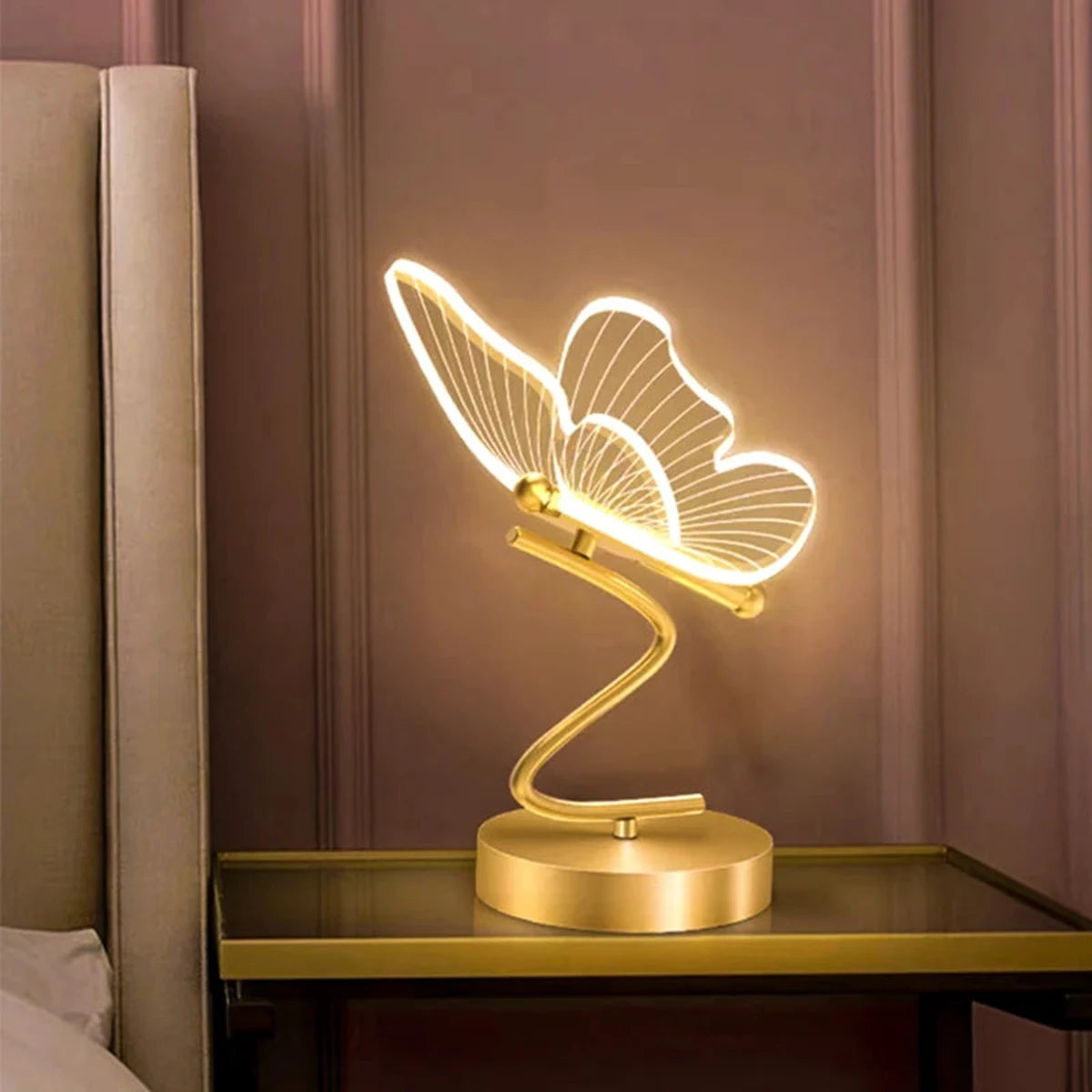
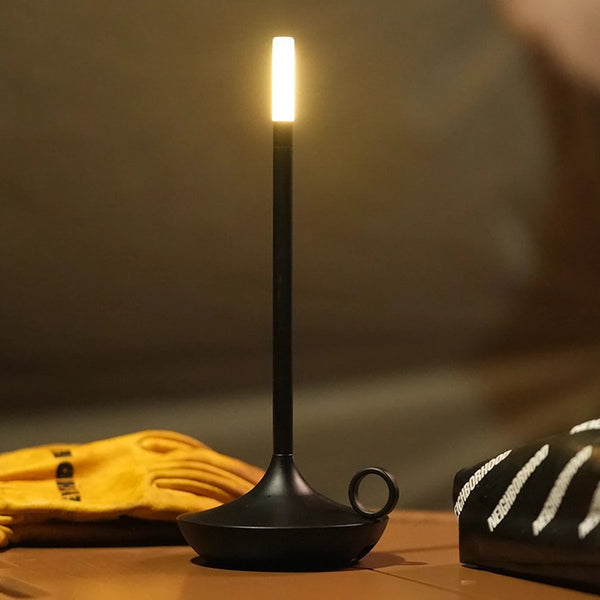

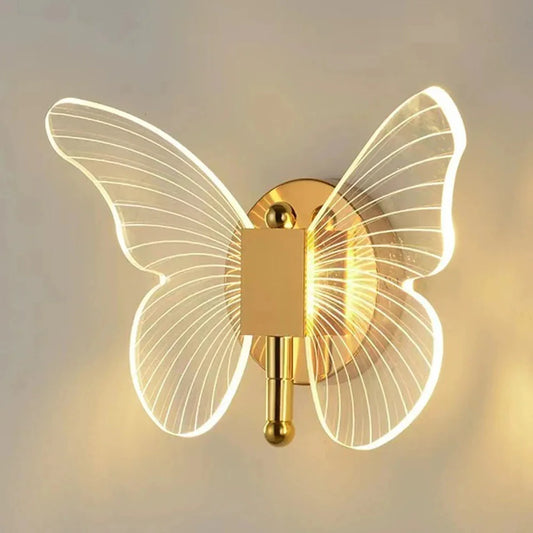

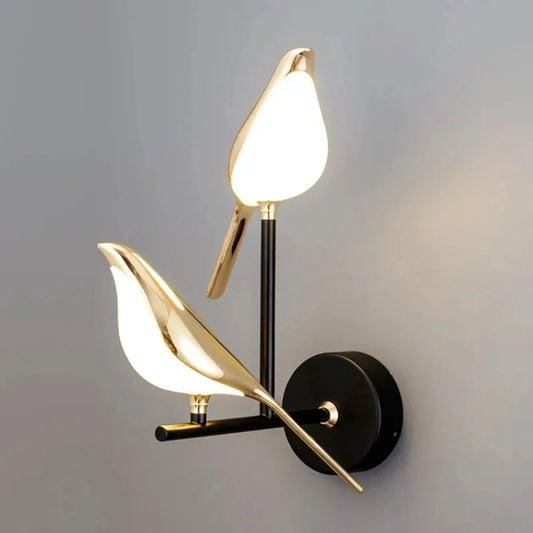

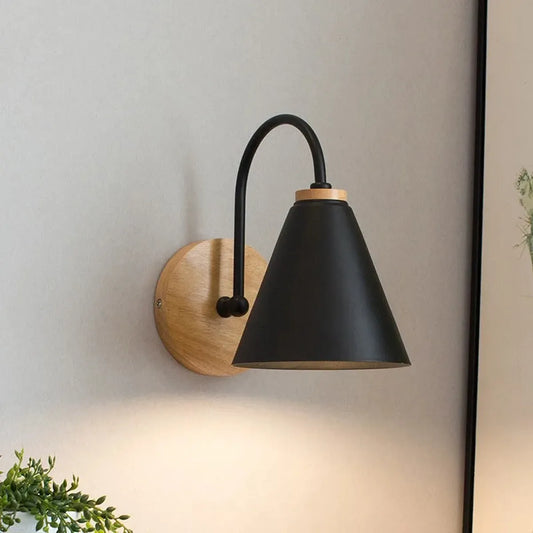

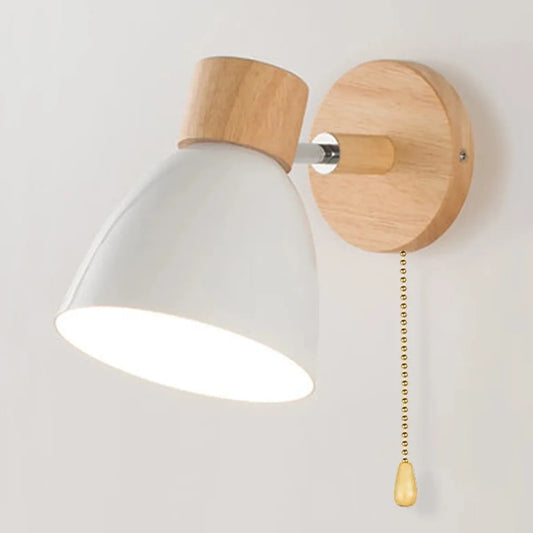



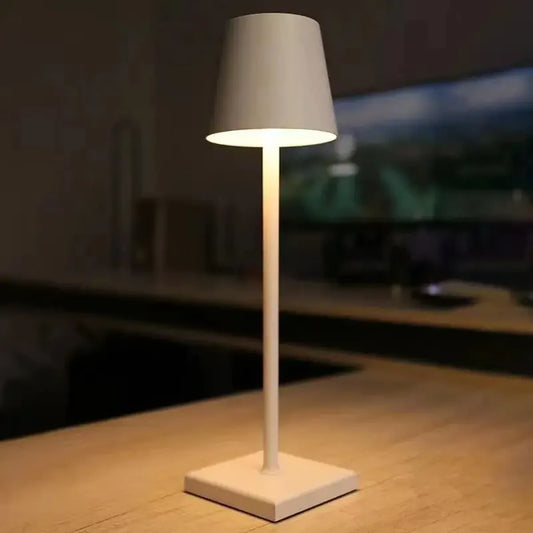

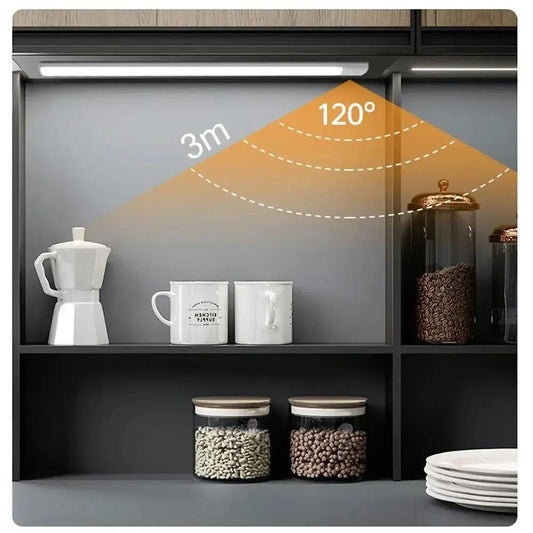

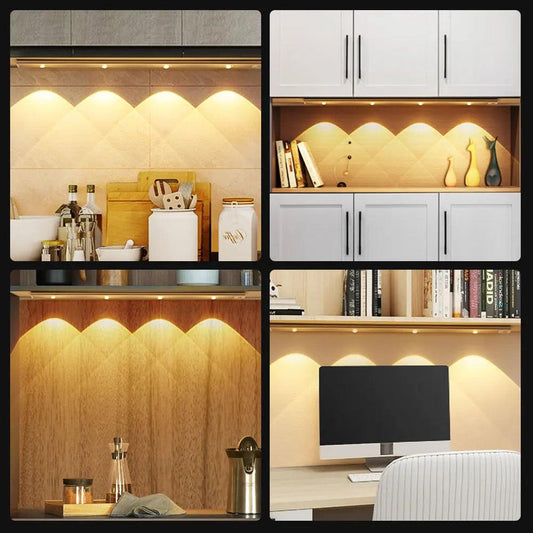

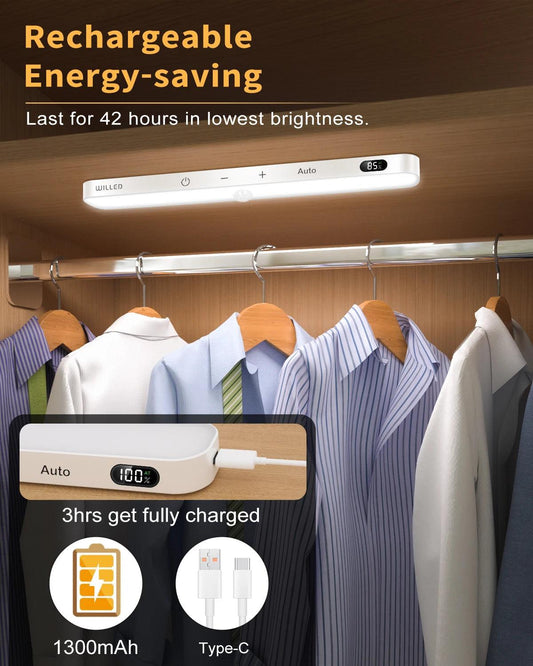

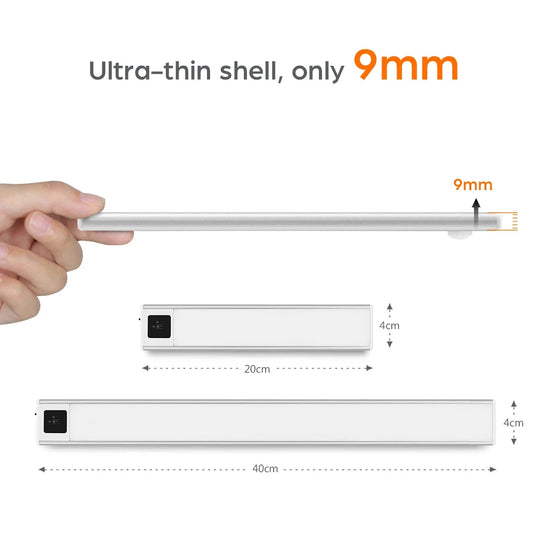

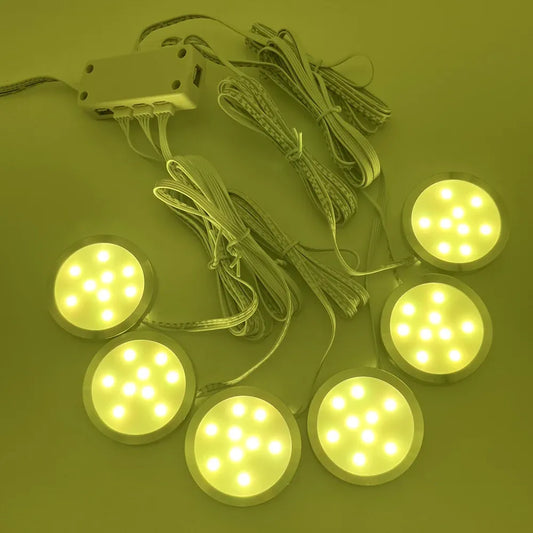





 />
/>
 />
/>
 />
/>
 />
/>
 />
/>